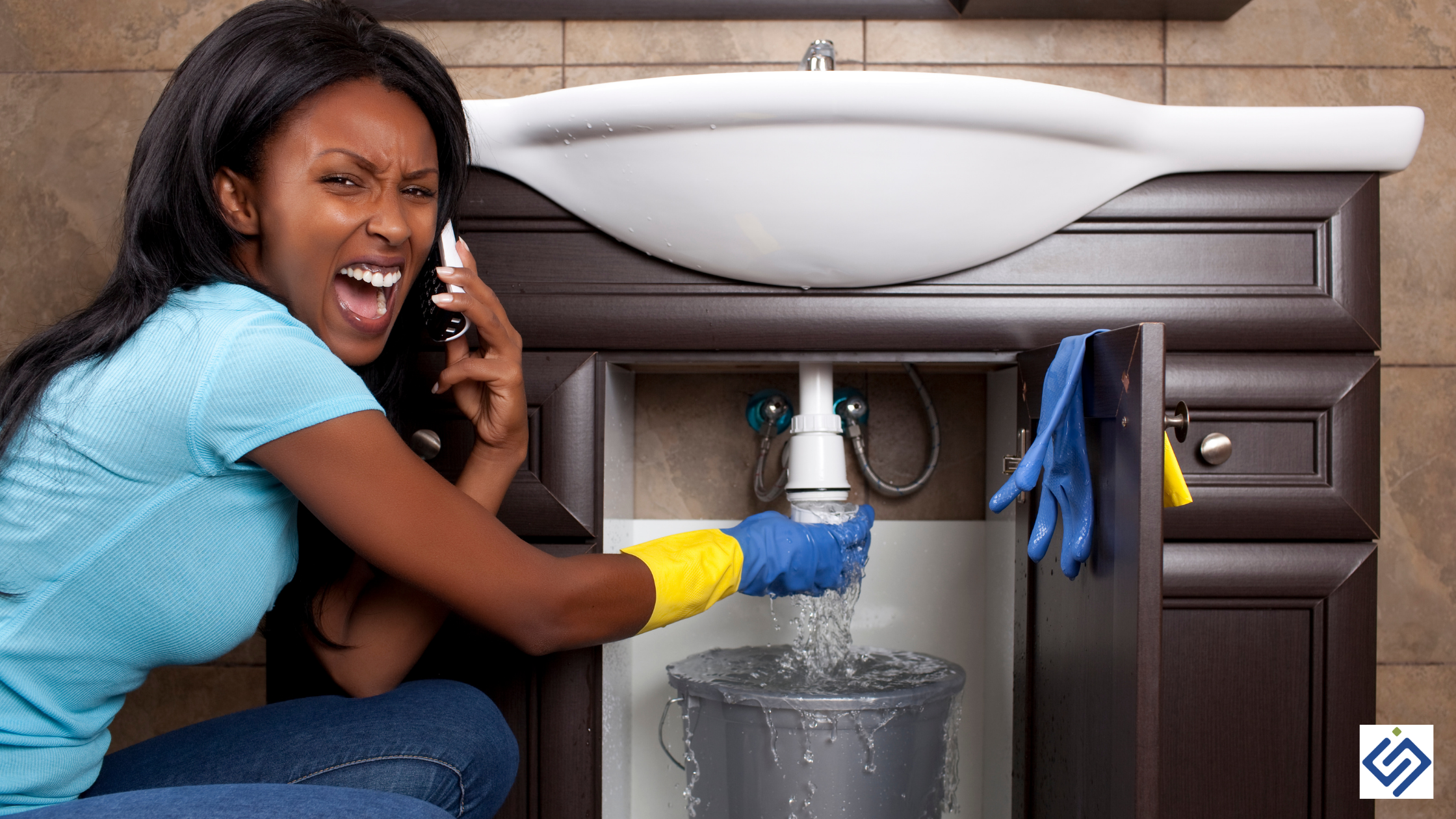They are making a number of good annotation on the subject of How to Repair and Prevent Bathroom Water Damage as a whole in this article below.

The shower room is extremely at risk for damp buildup as well as potential water damages because of the constant use of water in it. This write-up provides straightforward assessment strategies to assist detecting water damages dangers.
The frequent use water in the bathroom makes it very vulnerable for wet accumulation and also potential water damages. By inspecting it on a regular basis, you can decrease water relevant damages.
The complying with collection of evaluations is very easy to perform as well as need to be done when in every three months in order to maintain your bathroom healthy and also to prevent prospective water problems caused by the bath tub, the shower, pipe joints as well as plumbing, sinks, closets, and the bathroom
Do not forget performing these assessments and also be extensive while doing them. Remember that these easy examinations can save you a lot of money by supplying early indications for water damages
Bath tub and Shower
The shower and tub call for unique attention as well as maintenance. Examine the floor tiles and replace if broken. Make certain that there is no missing out on cement in between the tiles. Examine as well as change fractured caulking at joints where the walls meet the floor or the tub. Obstructed drains pipes and also pipes problems will stop the bath tub from drying out and also may indicate significant problems beneath the bathtub. Speak with an expert promptly to stop architectural damages. Take notice of stainings or soft areas around the bathtub walls as they may indicate an internal leak.
Plumbing
Signs for water damage are hard to spot because a lot of pipelines are set up inside the wall surfaces.
Pay unique interest to floor covering and also wall surfaces dampness and also discolorations as they might show an invisible plumbing problem. Check moisture levels in adjoining rooms as well.
Sinks and Cabinets
Sinks and cabinets are revealed to dampness and also moisture day-to-day and also are usually ignored. Check consistently under the sink and also on the kitchen counter over it. Fix any type of drip in the trap as it may suggest drain problems. Look around the sink, slow-moving draining pipelines might suggest a blocked drainpipe. Change sink seals if they are split or loosened.
The Bathroom
The toilet is a vulnerable water junction. Examine the water lines and also look for leaks around the toilet seat, in the hose, and under the water container. If you find any type of indications of moisture on the flooring around the bathroom, check for leakages in the toilet rim and also container seals.
Understand that hanging toilet dish deodorants increases the opportunities for blockages.
Water Damage Signs In The Bathroom To Avoid Cleanup
Musty smell
This is one of the easiest signs to catch because musty smells are so odorous. The damp, earthy, moldy smell should be a big red flag. The smell will develop when moisture gets trapped in surfaces, and begins to facilitate mold growth. Leaking pipes under cabinets, inside walls, and behind shower fixtures will cause moisture to stay trapped and not dry, which will lead to mold growth and spread. As soon as you notice any musty smells in your bathroom, have it checked for hidden water damage and cleanup signs.
Visible mold
If the smell isn’t there to give it away, sometimes you will actually see mold growth. Finding mold in your bathroom is a serious problem, because mold is very harmful to your health. By the time mold growth is visible, it also means that water damage has already occurred and been present for some time. The only way the mold problem can be resolved is to find the source of the moisture and get it stopped. To safely and adequately remove mold, you need to have professionals handle the remediation. Do not waste any time in getting mold problems addressed, fixed, and sanitized so that you can protect you and your family from the many respiratory symptoms caused by mold exposure.
Damaged floors
Bathroom floors should be able to withstand some exposure to water while still remaining in good condition. However, when excess exposure or water leaks occur, they will begin to damage even the most water-resistant flooring. If you notice any cracking, bubbling, staining, or warping on your bathroom floors, there is probably a water leak somewhere causing the distortion. If you notice areas of the floor have become softer, or even have a spongy feeling, there is probably damage to the subfloor. Subflooring is typically made up of plywood. When plywood is exposed to water or moisture, it will absorb it. Once it has become saturated, the weight of the excess water will cause the wood to swell and soften. Check the floors in your bathroom frequently to catch any of these sings before they lead to damaged subflooring.
Changes on walls
When water leaks behind walls, it will cause changes in the drywall. Peeling plaster, blistering paint, and soggy wallpaper are all good indicators that excess water is building up behind the wall. Water leaking behind drywall will cause it to swell and be soft to the tough. If you start to notice gaps along the trim of your walls, or where tile meets the wall, it could also be a strong indicator that there is a leak behind the wall. Any changes, distortion, or damage on the walls should be evaluated as soon as you notice it to prevent further water damage and cleanup.
I discovered that review on Preventing Water Damage in the Bathroom when doing a search on the search engines. Enjoyed reading our write-up? Please share it. Help other people locate it. I am grateful for your time. Kindly visit our blog back soon.
Show Details